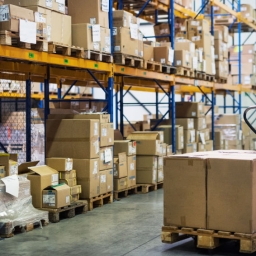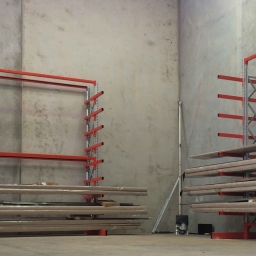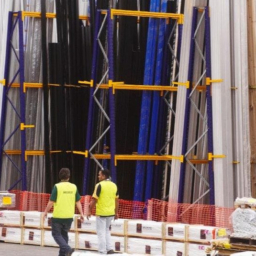Workplace health and safety should be a top priority in any workplace, particularly within industries where injuries and hazards are more common, such as in a warehouse. As heavy machinery and manual handling equipment are often used in a warehouse environment, there is a much higher risk of injury. Ensuring the health and safety of your workers will not only keep your workforce happy and healthy, it will reduce the risk of unexpected downtime and loss of revenue as a result of workplace accidents.
Below are a list of our top 3 warehouse safety tips for 2020 to ensure a safe and happy workforce and to maximise profit.
1) Forklift Safety – Remain Vigilant
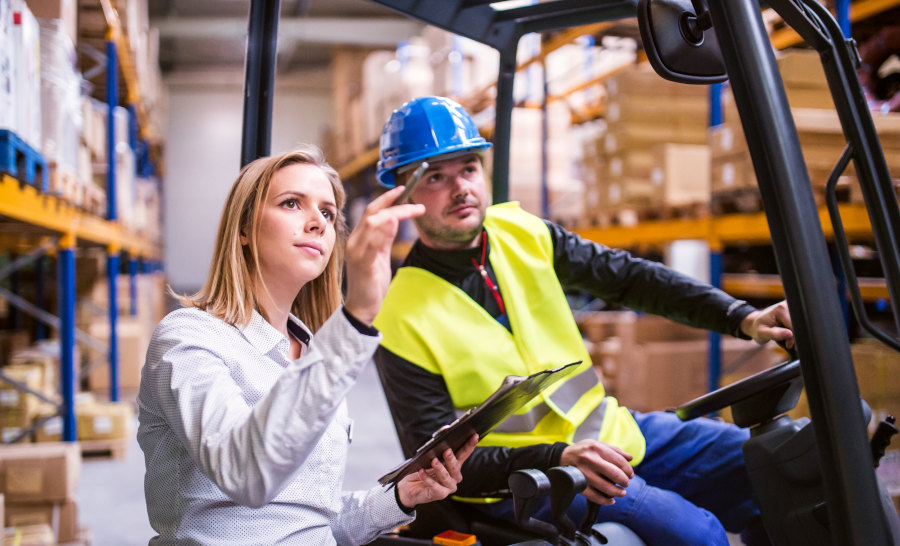
In most warehouses you will find at least one forklift or similar manual handling equipment. 1 in every 10 forklifts is involved in an accident each year, forklift safety should be a high priority in any warehouse.
At a minimum, all workers operating forklifts must hold a valid forklift license. In addition, forklift operators should be regularly trained in safe forklift operating procedures. It is also essential that all forklifts are regularly serviced and maintained in accordance with the manufacturer’s instructions.
Any non-compliance with forklift safety rules should be dealt with swiftly and harshly as forklift accidents have caused dozens of deaths as well as tens of thousands of injuries.
2) Storage & Material Handling – Reduce Hazards
Another common cause of worker injury in the warehouse is improper product storage and material handling.
To reduce the risk of worker injury while picking and loading products into storage ensure that your employees are trained and regularly refreshed on the correct techniques to use when lifting and handling heavy loads. This is important as something as simple as bad posture when lifting a heavy object can cause serious injuries and lasting pain.
Additionally, ensure that workers are using the correct equipment to load and unload pallets. Storing the heaviest pallets on the lower racks, with evenly stacked loads, and avoiding storing products in a way that protrudes into the aisle, creating a slipping or tripping hazard.
3) Equipment Maintenance & Repairs – Prevent Accidents
Another prevalent risk in warehouses is damaged or broken equipment and machinery. When equipment stops working as it should, often untrained workers will try to troubleshoot the problem themselves which can result in serious injury and in extreme cases, death. For this reason, it’s important to maintain a lockout/tagout system to exclude compromised equipment from use until a professional diagnosis and repairs can be made.
To reduce the risk of major equipment failures that can result in worker injuries and loss of revenue, such as a pallet racking collapse, invest in quality, Australian made equipment. Macrack provides 100% Australian made pallet racking systems with frames of pre-galvanised steel that will never rust, and a lifetime guarantee to give you peace of mind.
Additionally, it’s important to ensure that pallet racking systems are regularly inspected to allow damage to be identified and repaired before an accident is caused. Not only are regular racking inspections necessary to comply with Australian Standards 4084:2023, they will also safeguard your business from product damage, lost revenue, and worker injury.
Quality Australian Pallet Racking
Whether you need a customised pallet racking system that is built to last, or you want to find out if your current racking system is compliant, call MACRACK today on 1800 048 821. We are your local Australian pallet racking manufacturers, providing quality racking at a competitive price, and with a lifetime guarantee.
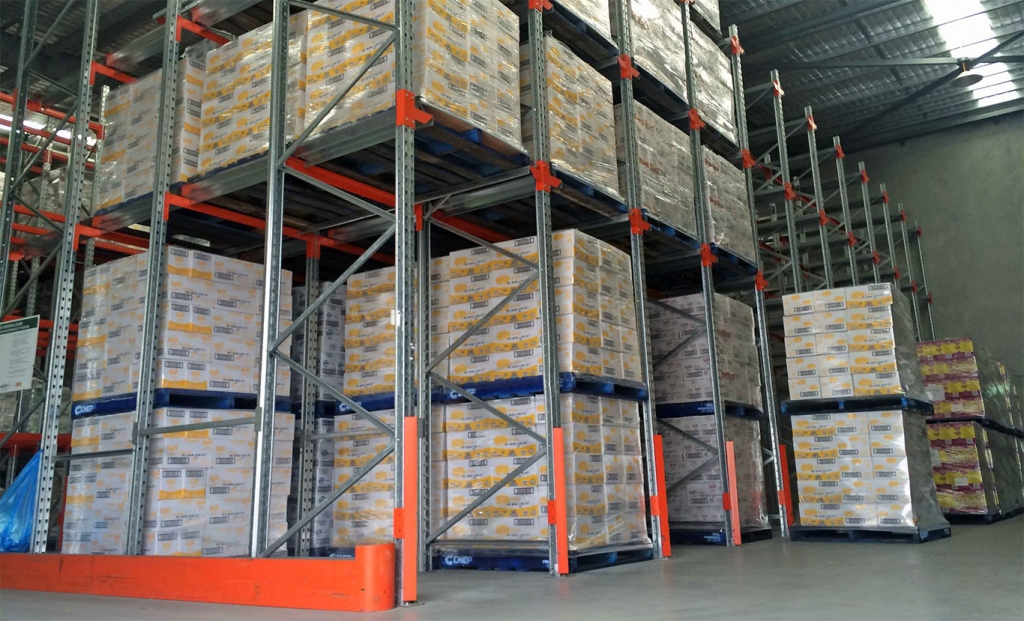
We also offer professional pallet racking inspection services where we will make sure that your racks are compliant with the applicable Australian Standards for steel storage racking, and provide a detailed report on identified damage, hazards, and other issues.

